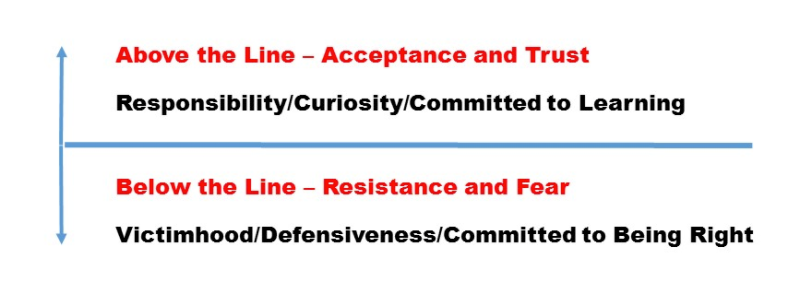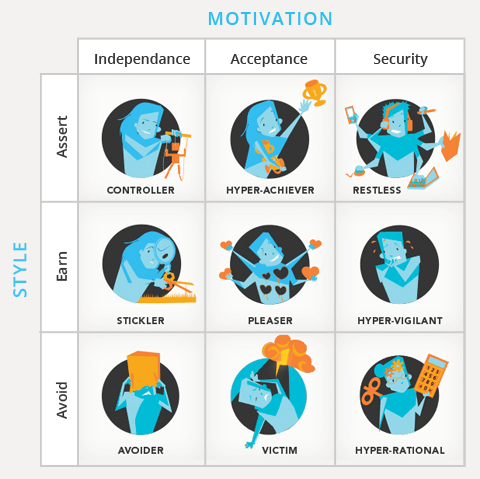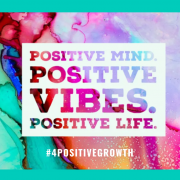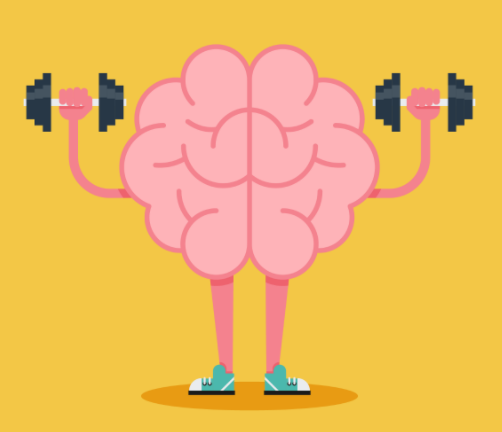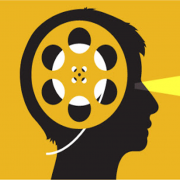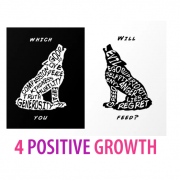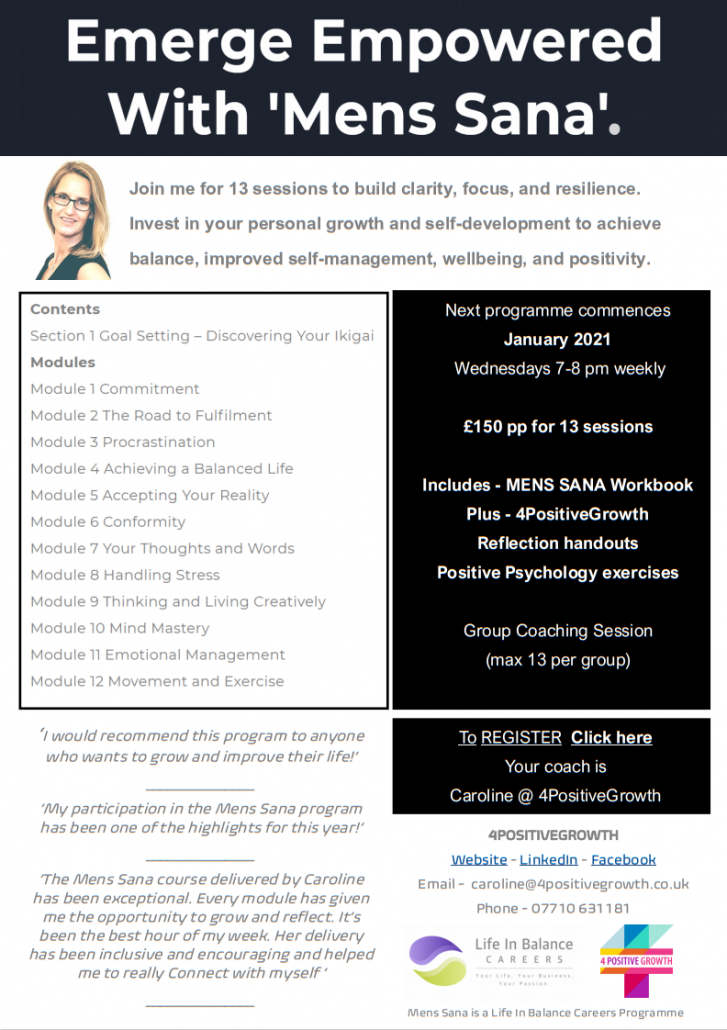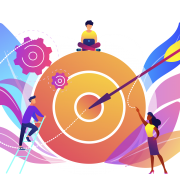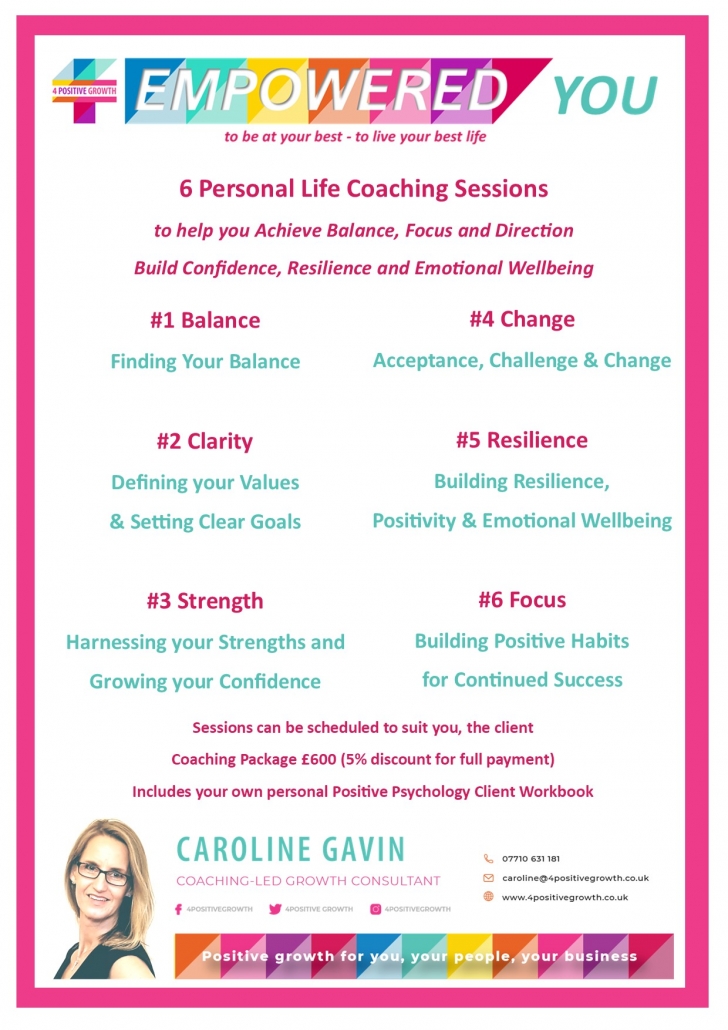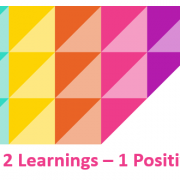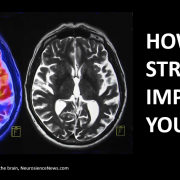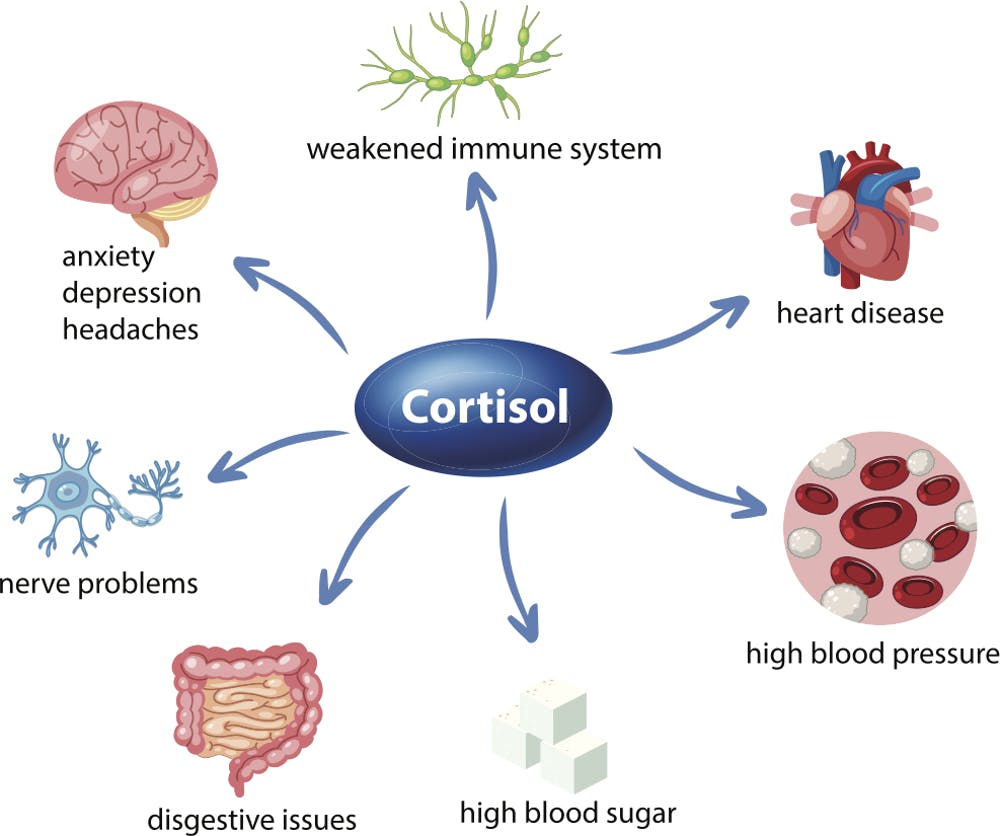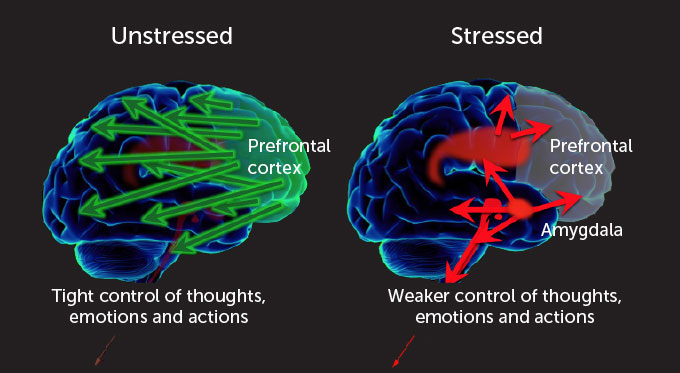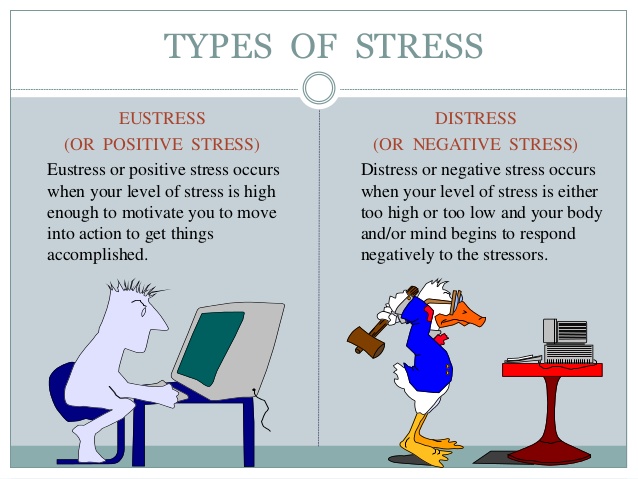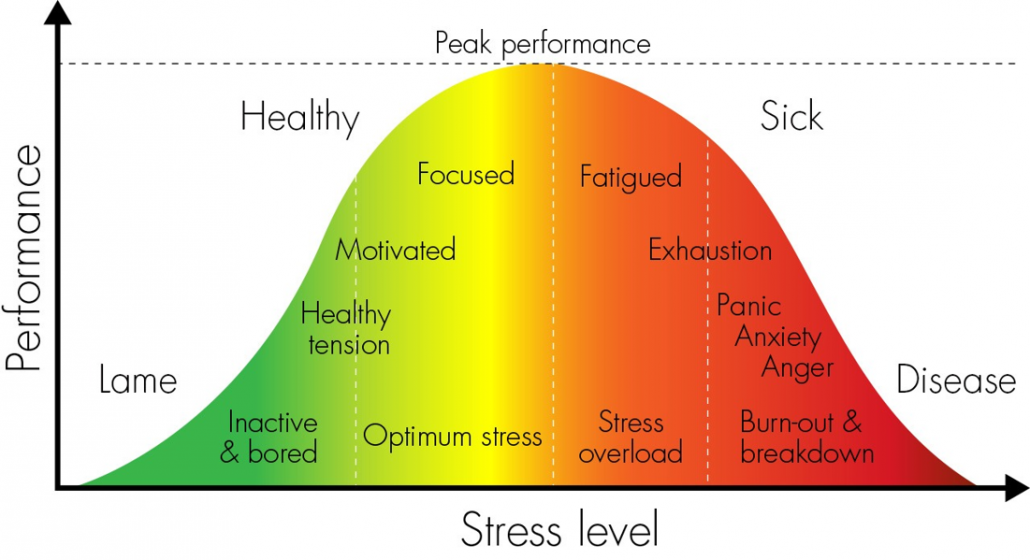See it in your mind. Replay it over and over again and, when you actually come to do it, it will be nothing new.
Visualization is the ability to create pictures in your mind. It can help boost your motivation, clarity, and success in life, optimizing your performance, and reducing anxiety, fear, and stress in new, or pressured situations.
The interesting thing about the mind is that it has a difficult time distinguishing between reality and imagination. Whether you have just landed your dream job, or simply imagine landing your dream job, your body will stimulate the same neural networks, causing blood pressure, breathing, and heart rate to respond the same!
Visualization, or mental imagery, is not merely wishful thinking nor is it a form of daydreaming, both of which are passive and unfocused. Visualization is active and purposeful. When you visualize certain changes you wish to take place in your body, they tend to occur, even though you may be unaware of the underlying mechanisms.
Anything can be visualized, but not all people find it easy to visualize. First, the person must believe that the strategy is effective. Second, it is a skill that can require practice, patience, and time!
If you can see it and believe it, it is a lot easier to achieve it.
Oprah Winfrey
What is the science behind visualization?
‘Did you know that mentally rehearsing and imagining movements share the same brain mechanism as actually doing these same movements? Simply put, the brain has the same activity when it visualizes doing an action as it does when it is physically performing the action. We see elite athletes use visualization all the time.
Brain studies now reveal that thoughts produce the same mental instructions as actions. Mental imagery impacts many cognitive processes in the brain: motor control, attention, perception, planning, and memory. So the brain is getting trained for actual performance during visualization.
It’s been found that mental practices can enhance motivation, increase confidence and self-efficacy, improve motor performance, prime your brain for success, and increase states of flow—all relevant to achieving your best life!
Another neuroscientific reason why visualization can help you achieve your goals relates to the brain’s Reticular Activating System (RAS). By using visualization daily, your brain will more readily allow any opportunities to meet your goals into your conscious awareness. Here’s how: the RAS is a bundle of neurons that have several functions, including being a gatekeeper that decides what information is brought into your conscious awareness.’ The Neuroscience of Visualization – Dr. Amy Palmer
How do you visualise?
Visualization is really quite simple. You sit in a comfortable position, close your eyes and imagine — in as vivid detail as you can — what you would be looking at if the dream you have were already realized. Imagine being inside of yourself, looking out through your eyes at the ideal result.
Some people are better than others at visualizing. Some people believe that they cannot visualize, but what they are actually experiencing is the inability to visualize on demand. Everyone has experience of dreaming, and dreams are just visualizations, so the ability is there. You just need to develop it. If you cannot visualize colors or you only get words or feelings don’t feel you have failed or that you have to try extra hard. Just use a visualization technique that allows your mind to drift and see whatever your mind lets you see.
Visualise the thing that you want. See it, feel it, believe in it. Make your mental blue print, and begin to build.
Robert Collier
There’s nothing mystic about this, and there is a very good reason why many successful people continue to use this technique to help them realize their goals and desired outcomes. When you imagine your success, you’ll be more attuned to opportunities that can help you get there. You’ll be able to anticipate and plan for setbacks, and you’ll also have a constant reminder of why you chose to pursue those goals in the first place.
There are many different techniques that you can use to support visualization and I encourage you to explore and discover what works best for you.
Personally, I find the techniques I have learned through NLP (Neuro-Linguistic Programming) very effective, and when combined with Kinaethetic Anchoring, their impact is further enhanced.
Below is brief description of how you can begin to practice vizualisation for yourself –
Begin by establishing a highly specific goal or desired outcome (this can also be a shift in behaviour).
Take a few deep breaths, close your eyes (if it’s safe), and allow yourself to imagine the future; where you have already achieved your goal.
Hold a mental “picture” of it as if it were occurring to you right at that moment. Experience yourself ‘performing’ in the moment.
Imagine the scene in as much detail as possible. Engage as many of your five senses as you can in your visualization.
See what you see. Feel what you feel. And, hear what you hear.
For example, who are you with? Which emotions are you feeling right now? What are you wearing? Is there a smell in the air? What do you hear? What is your environment?
Eliminate any doubts, if they come to you.
When you have finished running through the ‘scene’ in your mind, you can again open your eyes and proceed with your day!
Here are some recommendations to get the most out of your visualization practice from Dr. Amy Palmer:
- Be Specific: Make your visualization as real as possible!
- Be Emotional: By adding emotion to our visualization, we tap into our brain’s limbic system, making our visualization even more powerful.
- Be Frequent: To keep your goals front and center in your brain’s conscious and unconscious awareness, I recommend visualization at least twice a day.
Using visualization techniques to focus on your goals and desires yields a number of benefits –
Increased motivation – By familiarizing yourself with feelings of achievement, you increase your motivation to reach your end goal and believe success is more plausible and realistic. It builds your internal motivation to take the necessary actions to achieve your goals.
Clarity – Visualization allows you to remove all the emotion surrounding negativity, and instead, place your attention on actions that will enable you to achieve personal success. It programmes your brain to more readily perceive and recognize the resources you will need to achieve your goals and desired outcomes.
Increased positive thoughts – By shifting your attention to positive thoughts and outcomes, you also shift your emotions. What we think, is how we feel, and in turn, how we act.
Optimized performance -By mentally preparing for challenging circumstances, you can develop coping strategies and better respond to future anxieties.
Reduced stress – Visualization is one of the best ways to get your mind back on track when you feel out of balance.
Combining visualization with daily affirmations (e.g. “I am confident” or “I am calm”) can further enhance the process of embedding new beliefs and behaviours, and can help you work towards your desired outcome.
For athletes, visualization process is called “mental rehearsal”.
Mental rehearsal occurs when a performer rehearses in his or her mind the physical skills that the performer wishes to practice. In this process, there is no visible physical movement. The process involves imagining the performance and rehearsing the activity in the mind, in an attempt to prepare the mind and body for competition (Browne et. Al., 2009).
The key is a technique called mental rehearsal, where you imagine a desired outcome in such a way that you make your inner thoughts more real than your outer environment.
Dr Joe Dispenza
Experiencing as much as we can in our mind prior to the actual event stops athletes from becoming overcome by their senses, which can cause fear or panic to affect their performance levels. The same can be true of important events at work, for example when we attend a meeting, or need to make a presentation or a speech, by experiencing as much as we can in our mind, performing at our best, it becomes like second nature and normal.
We can think of this process as a cycle: Thinking the same thoughts, that lead to the same choices, which follow on to the same behaviours, that in turn make the same experiences, which produce the same emotions, which in turn drive the same thoughts.
So once in a new situation for real, you will have repeated the cycle in your mind so much that your body in the real situation will feel it as normal and not a threat.
If you’d like to explore visualisation, anchoring, or NLP techniques to support positive behaviour change with me, please do get in touch.!
Imagination is more important than knowledge. For while knowledge defines all we currently know and understand, imagination points to all we might yet discover and create
Albert Einstein
For your interest, I’ve also included in this post how you can visualize with the ‘Mental Rehearsal’ technique. This is from Jack Canfield’s blog post on visualization.
Source Jack Canfield – Visualization Techniques to Affirm Your Desired Outcomes: A Step-by-Step Guide:
Visualize with the ‘Mental Rehearsal’ Technique
All you have to do is set aside a few minutes a day. The best times are when you first wake up, and right before you go to bed. These are the times you are most relaxed.
Go through the following three steps:
STEP 1. Imagine sitting in a movie theater, the lights dim, and then the movie starts. It is a movie of you doing perfectly whatever it is that you want to do better. See as much detail as you can create, including your clothing, the expression on your face, small body movements, the environment and any other people that might be around. Add in any sounds you would be hearing — traffic, music, other people talking, cheering. And finally, recreate in your body any feelings you think you would be experiencing as you engage in this activity.
STEP 2. Get out of your chair, walk up to the screen, open a door in the screen and enter into the movie. Now experience the whole thing again from inside of yourself, looking out through your eyes. This is called an “embodied image” rather than a “distant image.” It will deepen the impact of the experience. Again, see everything in vivid detail, hear the sounds you would hear, and feel the feelings you would feel.
STEP 3. Finally, walk back out of the screen that is still showing the picture of you performing perfectly, return to your seat in the theater, reach out and grab the screen and shrink it down to the size of a cracker. Then, bring this miniature screen up to your mouth, chew it up and swallow it. Imagine that each tiny piece — just like a hologram — contains the full picture of you performing well. Imagine all these little screens traveling down into your stomach and out through the bloodstream into every cell of your body. Then imagine that every cell of your body is lit up with a movie of you performing perfectly. It’s like one of those appliance store windows where 50 televisions are all tuned to the same channel.
When you have finished this process — it should take less than five minutes — you can open your eyes and go about your business. If you make this part of your daily routine, you will be amazed at how much improvement you will see in your life.



